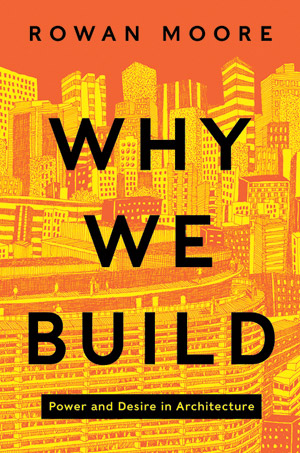The View From Across the Pond
As he indicates in the title of his new book, British architecture critic Rowan Moore sets out to joust with Big Questions. What is the relationship between political and economic power and architectural patronage? How does active human desire translate into the latent desires embedded in architectural space? What is the relationship between the longing for home and the urge to wander?

In addressing these concerns, Moore revels in ambiguities, selecting examples to support widely differing interpretations. Drawing mostly from the 20th century, he finds projects that show how architecture can be both permanent and fleeting, how it can restrict and how it can emancipate, how it works for profit and how it finds ways to be charitable. Moore is a fluid writer and skims the surface of history with ease, but his procession of examples can sometimes feel facile, aligning neatly with his arguments instead of adding complexity.
By contrast, the most engaging sections of the book are those in which he tells longer meandering stories about particular designs and their changing popular reception. These speak to his central point—that buildings should be understood as unstable and uncertain presences, subject to adaptation over time and society's changing priorities. One section recounts the history of Amsterdam's 1957 Bijlmermeer social housing complex, whose forbidding Brutalist design was slowly humanized by immigrant populations in ways its planners could never have imagined.
Elsewhere, he turns to projects and places that have seen their fair share of attention, spending considerable time observing the exuberant development (and recent deflation) of Dubai, and the tangled history of the World Trade Center site in Lower Manhattan. These and other well-worn examples figure prominently, and the book feels more like a compilation of scattered stories than the rousing synthesis its title promises.
Moore's underlying dilemma is the role of architectural criticism in a built environment increasingly overwhelmed (and determined) by economic and political calculation. “Power and Desire in Architecture,” as his subtitle puts it, are shaped less by the visions of the architects that he fixates on than by these larger forces. Moore ably fills the conventional role of the architecture critic—that of the taste-maker, essentially, interpreting architects' longings. But today, with growing inequality and a fragile natural environment, there may be a need for a new criticism. To paraphrase the artist Jenny Holzer, the critic may have to protect us from what we want.
Aleksandr Bierig has written for Log and Clog and was a recent editor of Pidgin Magazine.




Post a comment to this article
Report Abusive Comment